The Futuristic Electromagnetic Gun
Often seen in Scifi-movies and regarded as a fantasy weapon, the possibility of a railgun entering service may be higher than most of us think.
Although we will not go into the technological details, a railgun is basically a next generation cannon that utilizes electromagnetic energy instead of the standard gunpowder to propel projectiles – offering unparalleled speed, range, and destructive power compared to traditional firearms.
Despite these advantages and being absolutely cheaper than missiles and artillery rounds, obstacles such as meeting the enormous electricity demand and developing a barrel that can withstand the overheating stress have impeded the idea from proceeding to next stage.
But, technological advancements have enabled the concept to overcome existing challenges, and the “wonder-weapon” is now being researched by notable countries like the United States, China and Japan.
Devastating Potential of Japan’s Railgun
As the case with most military technology, the US had a head start in exploring the possibility of a railgun, with concrete plans to mount them as the main guns on the Zumwalt-class destroyers.
On the other side of the Pacific, China has also shown heavy interest in the idea, reportedly conducting live-fire tests on naval vessels.
In the midst of this Sino-US competition, Japan accumulated its own research effort and managed to test fire a prototype in July 2020 at the Shimokita Test Site (Aomori Prefecture) which engulfs the country’s largest sand dunes.
Subsequently, a firing test was conducted in October 2023 aboard the JMSDF’s “Asuka” – an experimental ship build solely for trying out new equipment. A short video released by the Ministry of Defense (MOD) showed a railgun smaller than the previous model successfully firing a projectile at sea.
While China is presumed to be the first one in test-firing a railgun at sea, no official statement was ever made by neither the government or military, making Japan’s announcement the world’s first in an official sense.
It is worth mentioning that such competition revolving around next-generation weapons has great propaganda value, and the person who speaks up first is usually the one that merits from it.
So, how effective is Japan’s new railgun?
The gun itself was initially reported to be 6 meters/19.6ft in length and weighing over eight tons, but the latest video revealed an overall weight reduction with a shorter barrel.
It seems the MOD has not only succeeded in making the railgun itself lighter, but also in addressing the aforementioned barrel issue by adopting a new material and an electric discharge method to alleviate peak stress.
The projectile fired from the 40mm caliber railgun is relatively small, measuring approximately 1.6cm/0.63 inches in length and weighing just around 320g. However, the projectile of this size is extremely hard to detect let alone intercepting it, rendering it practically impossible to evade.
 The Sea-based Firing Test (photo: Japan Ministry of Defense)
The Sea-based Firing Test (photo: Japan Ministry of Defense)
In terms of performance, the Japanese railgun aims for a muzzle velocity of over 2,000m/s or 6,560ft/s and has already demonstrated a whopping 2,297m/s (7,536ft/s) during experimental tests. This is equivalent to Mach 6 and far exceeds the muzzle velocity of a standard tank.
The maximum range is estimated to be 200km/125miles, envisioning long-distance air defense and surface combat. The unprecedented high-speed of the small projectiles will undoubtedly inflict serious damage to the enemy without any countermeasures at the moment.
The railgun is expected to be capable of intercepting airborne targets up to hypersonic missiles, providing a cost-efficient solution for air defense. For surface combat, the railgun is exploring the viability of “over-the-horizon tactics” which fires upon targets from beyond their detection range.
If technical issues such as guidance and control are overcome, precision strikes by these unpreventable projectiles might be possible, making it further devastating for enemy vessels.
A Technological Breakthrough?
The next question is how close we are from witnessing these railguns on JMSDF destroyers.
The project certainly remains in the development stage with the railgun still being a prototype. But, the successful firing at sea is a milestone indicating a breakthrough in technological impediments.
This is quite contrast to the US, where plans for a large 5-inch railgun ultimately failed despite being ahead in research. Maybe Japan’s approach in starting from a small caliber was the right method, but the significant challenge of stably supplying the huge amount of electricity remains.
Nevertheless, reaching the stage of sea-based firing tests suggest a reasonable level of progress in this area as well. As the MOD is eager in continuing the research, the goal of achieving practical application may turn out to be sooner than anticipated.

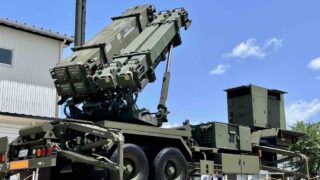

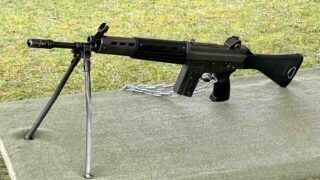
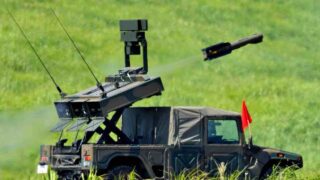
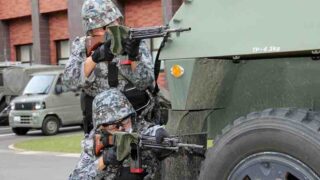

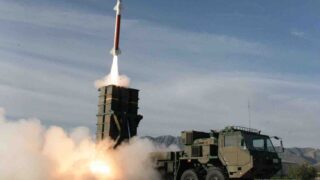


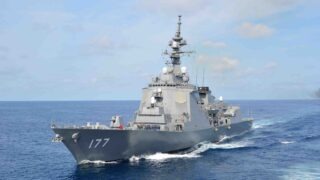
-320x180.jpg)
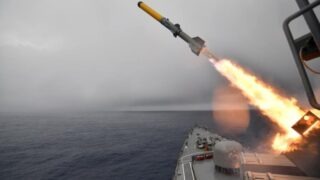
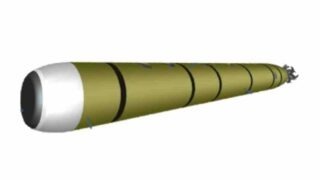
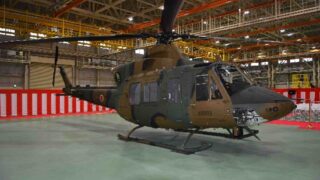

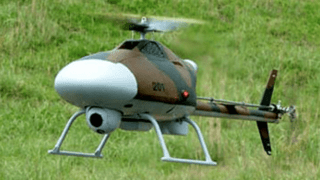
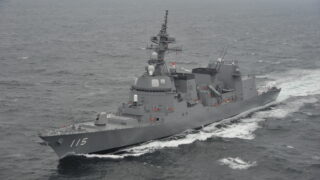
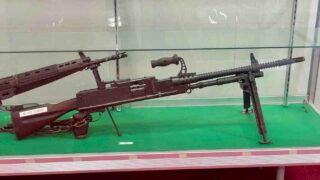
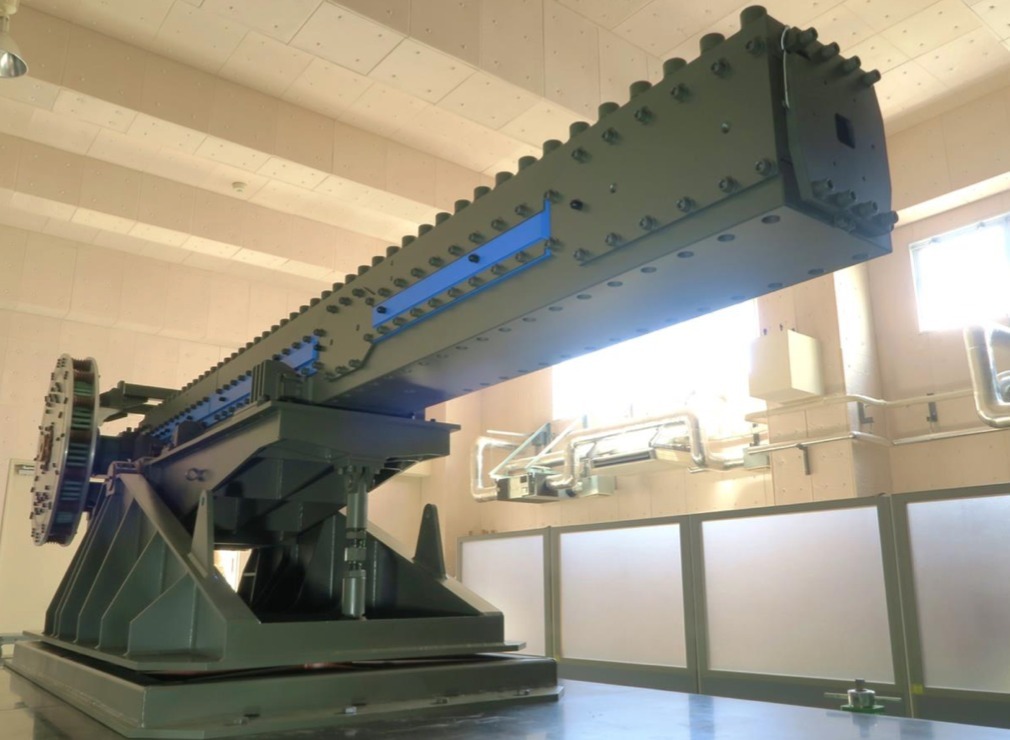
Comments